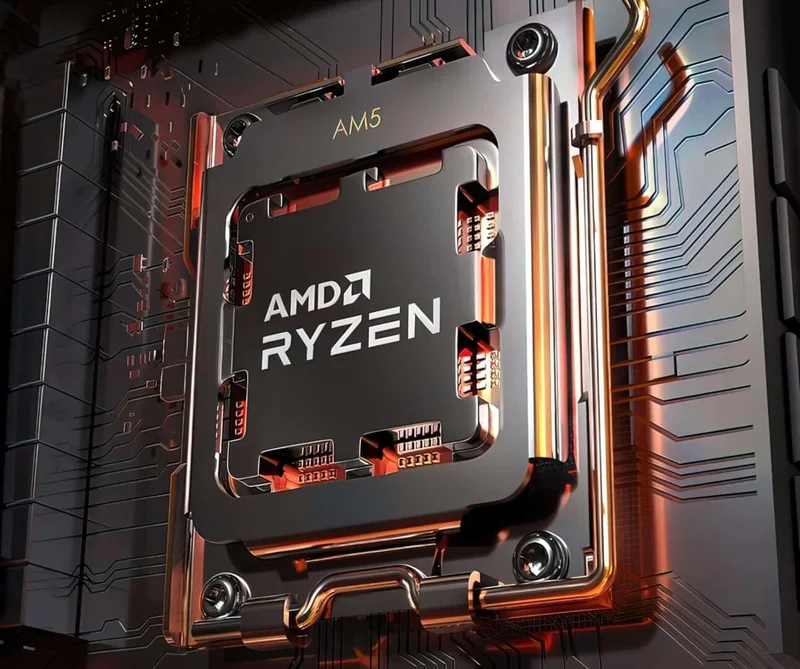AMD's recent Q3 earnings call wasn't just about numbers; it was a glimpse into a future being forged right now. Record revenue, strong Q4 forecasts—sure, that's all important. But the real story is the AI chip ramp-up slated for 2026. And when I say "real story," I mean the kind of paradigm shift that makes you rethink everything.
The numbers themselves are impressive: $9.2 billion in Q3 revenue, a projected $9.6 billion for Q4, driven by a surging data center segment. But let's not get lost in the financial weeds. The key takeaway is that AMD, fueled by collaborations with giants like OpenAI and Oracle, is gearing up to unleash a wave of AI processing power unlike anything we've seen before.
AMD's deal with OpenAI—starting with 1 gigawatt of MI450 GPUs in the second half of 2026 and eventually scaling to 6 gigawatts—that’s not just a business deal; it's the ignition switch for a new era. Think about it: 6 gigawatts of dedicated AI processing power. That's enough to train massive AI models, accelerate scientific discovery, and power applications we can only dream of today. I mean, when I read that, I just had to take a moment. It’s the kind of thing that reminds you why you got into this field in the first place.
Now, I know what some of you are thinking. "AI hype," right? "Another tech bubble waiting to burst." And sure, there are always risks. Massive investments need to deliver returns. But this isn't just about hype; it's about real, tangible progress. It's about the convergence of hardware and software, of innovation and application, creating a self-reinforcing cycle of advancement.
Lisa Su's reported comment that this deal could potentially drive more than $100 billion in revenue in the coming years… well, it’s optimistic, sure, but also grounded in the reality of the exponential growth we're seeing in AI. This isn't some pie-in-the-sky prediction; it's a reflection of the transformative power of AI and AMD’s central role in it.

And while some analysts are concerned about margins, focusing on the 54.5% guidance that merely matches forecasts, I think they're missing the forest for the trees. Lisa Su stressed that the focus is on boosting revenue and gross margin dollars, while gradually lifting the margin percentage. The company is playing the long game, prioritizing growth and market share over short-term profits.
What does this mean for us? It means faster drug discovery, personalized medicine, smarter cities, and a whole host of other innovations that will improve our lives in ways we can't even imagine yet. It means AI becoming an integral part of our daily existence, seamlessly integrated into everything we do.
But with this power comes responsibility. As we build these incredibly powerful AI systems, we need to ensure they are aligned with our values, that they are used for good, and that they benefit all of humanity. The MI450 series, initially focused on Helios rack-scale solutions, will undoubtedly be a game-changer, but let's not forget the ethical considerations that must accompany such advancements.
The situation with China is still fluid, with AMD evaluating customer demand and market potential. The company has work-in-process inventory ready to serve the market if it opens, but the scale of shipments will depend on how demand evolves. This is a complex geopolitical situation, and it's important to navigate it carefully. According to [News] AMD Forecasts Strong Q4 After Record Q3 Sales, Flags China and 2026 AI Chip Ramp-up, AMD is carefully monitoring the situation.
Think about the printing press. When Gutenberg invented it, it wasn't just about making books cheaper; it was about democratizing knowledge, empowering individuals, and transforming society. The AI revolution is similar. It's not just about faster computers; it's about unlocking human potential, solving global challenges, and creating a better future for all. The speed of this is just staggering—it means the gap between today and tomorrow is closing faster than we can even comprehend.